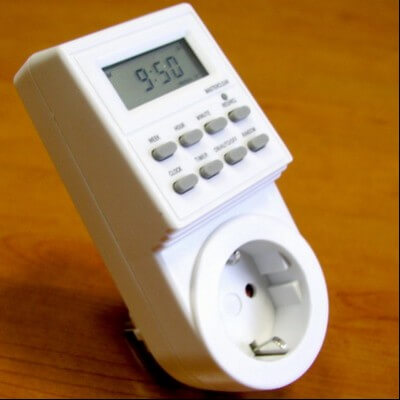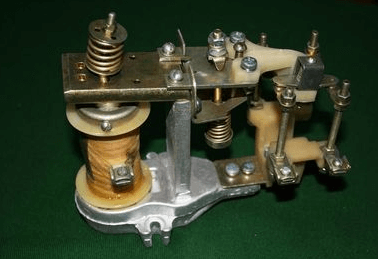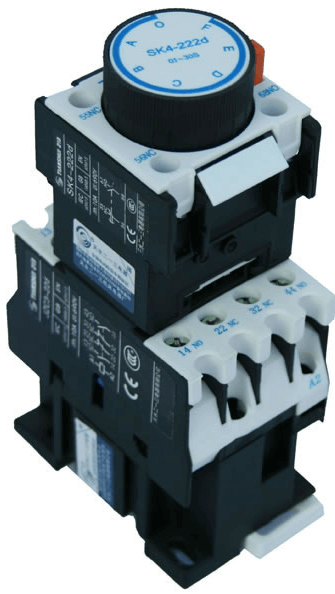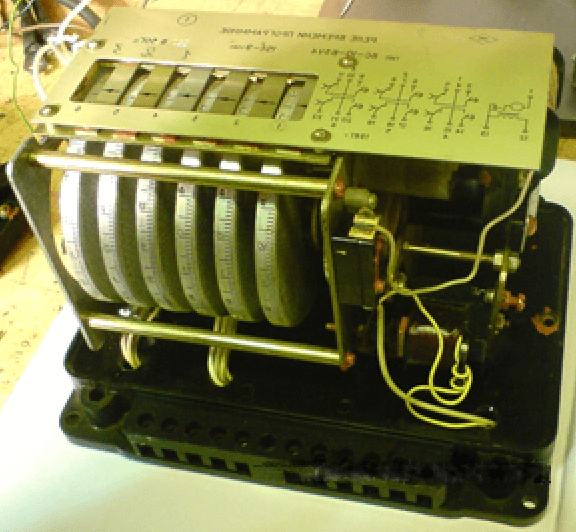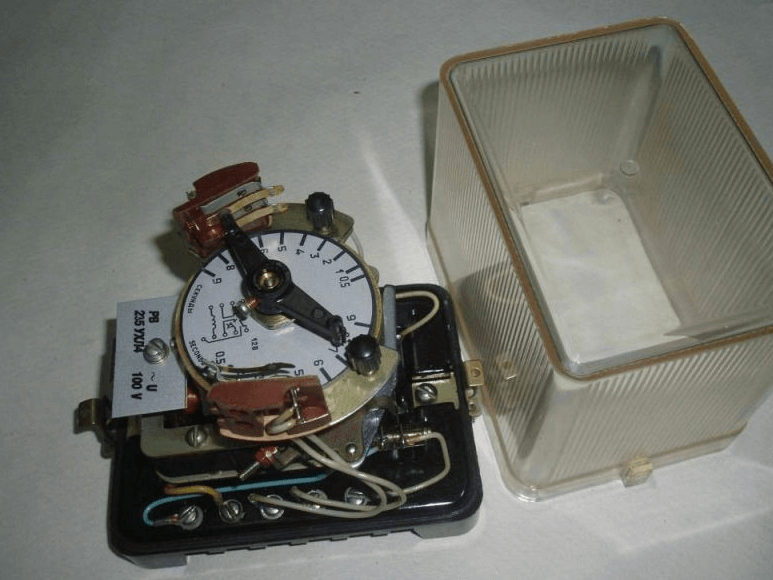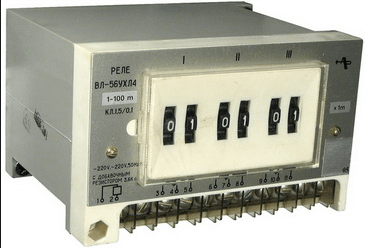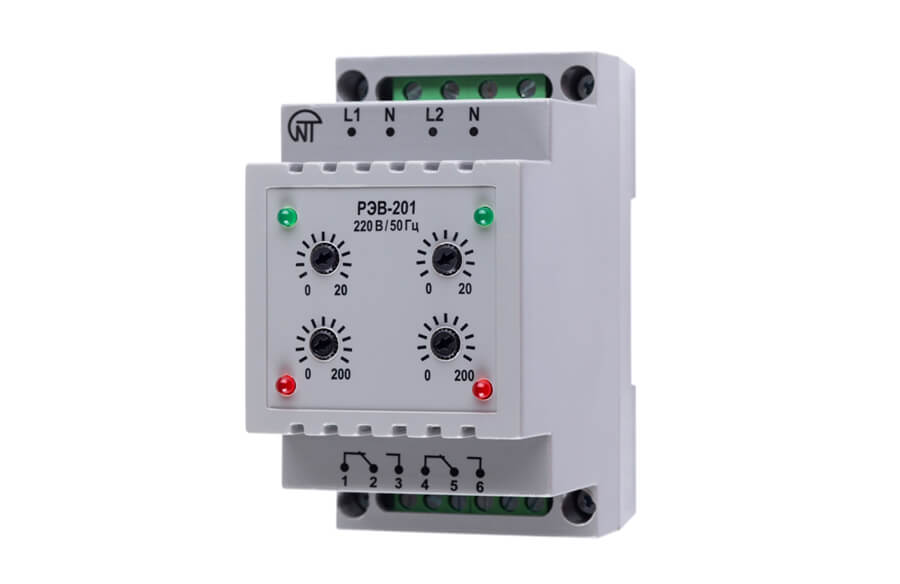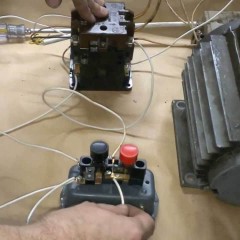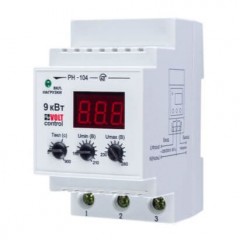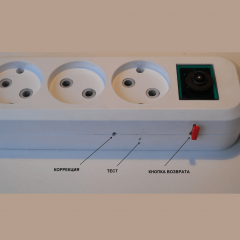What are time relays?
Cyclic
Cyclic type devices generate output signals at the set time interval. Initially, it was a mechanical product that interacts with contacts through a programmable mechanical drum. With the advent of microprocessors, it became possible to create units with a huge range of parameters. This type is widely used in automation systems to enable and disable all kinds of mechanisms.
Example. The daily household timer controls the lighting of the aquarium, terrarium, greenhouse, feeders, drinking bowls. Most often, a time relay is used to control street lighting in a personal territory.
In smart home systems, a timer plays a major role in providing comfort. At a given time, turns on and off the heating, light, can display a reminder of the event. Boil water in the kettle in the morning, turn on the wash and so on. Timers are serving in medicine, science, robotics and other sectors of human life. About, how to set up a socket with a timer, we told in a separate article.
Intermediate
Intermediate time relays are installed in mechanisms that need a signal delay at a certain moment. They, in turn, are divided into subtypes:
- electromagnetic;
- pneumatic;
- motor;
- with a clock or anchor mechanism;
- electronic.
Consider the device and purpose of each variety.
Electromagnetic
They are used in DC circuits, where a separately short-circuited coil is added to the device’s coil and due to the residual field there is a slowdown on releasing the contacts or shorting. Control limits up to 5 seconds.
Most often, such time relays are used in control circuits for acceleration and braking of an electric drive.
Pneumatic
This type is equipped with a special pneumatic damper or diaphragm, adjustment is made by changing the size of the air hole. After the signal arrives, the anchor pulls the piston, but cannot do it instantly while the air is in the damper. Through the adjustable hole, the response time is set. Regulation is possible up to 60 seconds.
A pneumatic time switch is often used to automatically control equipment, such as a metal cutting machine.In addition, pneumatic relays have found their application in drive control circuits for step regulation, acceleration and braking.
Motor
The heart of the device is a synchronous motor operating on a 50 Hz variable network. A complex mechanical device with the ability to set the delay from a few seconds to tens of hours.
Motor time relays, in fact, like anchor ones, can be used in overhead protection circuits for repeated switching on.
With clockwork or anchor mechanism
Work due to cocked spring. An electromagnet starts a spring, the device starts working (the principle of a clockwork toy) and closes the contacts. Relay regulation range 0.1-20 sec.
About what we need them for, we have already talked a little higher.
Electronic
An extensive family of analog and digital electronic devices that use physical processes in electronic circuits, charge or discharge a capacitor, counting a certain number of pulses.
Using an electronic type relay, you can save money at home, for example, take the light in the corridor, closet or porch. By pressing the button we turn on the light. After a certain time, he turns off, this period should be enough to search for an object in the corridor, closet or getting into the apartment. The light does not burn unnecessarily, for the sake of forgetfulness left on.
You can clearly see what time relays are and what the principle of operation of each type of performance is, you can see in the video below:
That's all I wanted to tell you about the features of using different types of time relays. Now you know what types of timers are and how they work.
It will be interesting to read:

